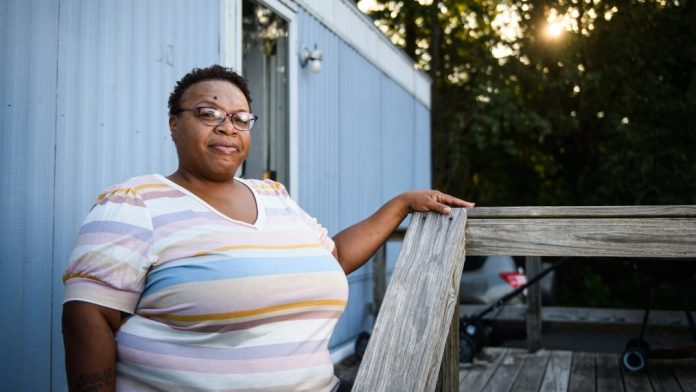The Impact of Extreme Heat on Energy Poverty in the Southeast and Texas
During a heat dome that gripped much of the Southeast in June, Stacey Freeman, a 44-year-old mother from Fayetteville, North Carolina, used window units to cool her poorly insulated mobile home. Despite this, her energy bills soared to hundreds of dollars a month, forcing difficult decisions between paying utilities, rent, or buying food. This scenario is familiar to many Americans, particularly those experiencing energy poverty. In Texas, where temperatures regularly spike in the summer, residents face similar dilemmas. The state’s unique energy market leaves many struggling with high electricity costs during extreme heat.
Energy Poverty and Its Health Implications
Energy poverty occurs when households spend more than 6% of their income on utilities, and it disproportionately affects communities of color, including those in Texas. For people like Freeman, energy bills rise in both summer and winter, with cooling and heating costs becoming unaffordable. This financial burden often forces families to live in dangerously hot or cold homes, increasing the risk of respiratory issues, heart problems, and other health complications. In Texas, where the heat is a constant challenge, energy poverty adds another layer of difficulty for those already vulnerable.
The Intersection of Climate Change and Energy Inequality
Climate change continues to amplify extreme weather events like heat waves, putting more people at risk of energy poverty. As temperatures rise across Texas and the Southeast, residents in areas with poor infrastructure and high poverty rates, such as rural regions and urban heat islands, face greater health risks. Experts stress the need for policy interventions to assist these communities, especially as extreme heat becomes more common. In Texas, where energy policy often prioritizes deregulation and market-driven solutions, many low-income households are left without adequate support during heat waves.
Heat as a Leading Cause of Weather-Related Deaths
Extreme heat is the leading cause of weather-related deaths in the U.S., and Texas is no exception. In 2022, 2,302 people across the country died from heat-related causes, a sharp increase from the previous year. Texas frequently records some of the highest heat-related mortality rates, as many households lack the financial means to keep their homes adequately cool. During the summer of 2023, at least 28 people in the U.S. died from extreme heat within a single week, underscoring the deadly impact of rising temperatures.
Energy Inefficiency and Housing Conditions in Texas
Many older homes in Texas and the Southeast are not equipped to handle the extreme weather brought on by climate change. Inefficient insulation and outdated heating and cooling systems cause residents to rely on costly energy sources, driving up utility bills. In communities with high poverty rates, these homes are often in poor condition, making it even harder for families to maintain safe indoor temperatures. This lack of affordable, energy-efficient housing leaves many Texans exposed to health risks from both extreme heat and energy poverty.
Disparities in Energy Assistance Programs
While the federal Low Income Home Energy Assistance Program (LIHEAP) is designed to help with utility costs, its funding formula historically favors colder states, leaving Texas and other hot-weather states like Florida, Georgia, and Arizona with less support. As a result, many Texans must rely on local nonprofits or private donors to receive help with cooling their homes. Despite the extreme heat, Texas receives relatively low federal funding for energy assistance, making it difficult for low-income residents to stay cool during heat waves.
Coping Strategies for Texans During Heat Waves
In response to extreme heat and high energy bills, many Texans adopt cost-saving measures, such as using cooling centers or free recreational facilities. Just like Stacey Freeman, who sent her son to a free recreation center to stay cool, Texans often look for ways to avoid additional energy costs during the summer. However, these short-term solutions do little to address the systemic issues of energy poverty, which are likely to worsen as climate change continues to drive extreme weather events across the state.








